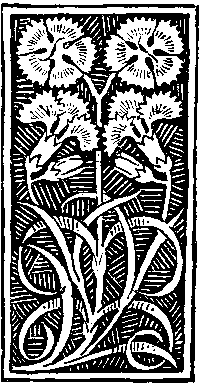Inked In:
The Feminist Politics of Tattooing in Sarah Hall’s The Electric Michelangelo
Keywords:
agency, body modification, carnival, The Electric Michelangelo, embodiment, freakery, gender, Sarah Hall, neo-Victorian, VictorianAbstract
The Electric Michelangelo (2004) by Sarah Hall both rehearses and challenges neo-Victorian fiction’s propensity toward sensational and voyeuristic portrayals of female sexuality. Subjected to the sexualising gaze, circus performer Grace faces pressure to conform to patriarchal norms of female beauty. However, her resistance and, by extension, the novel’s challenge to voyeuristic desire both inside and outside the text, is also deployed at the level of the gaze: through a series of eye tattoos which disturb the boundaries between performer and spectator, fictional character and neo-Victorian reader. As in the Victorian period, the limits of women’s freedom of choice over their bodies remain contested today. As this article will demonstrate, Grace’s struggle for bodily autonomy transcends the novel’s temporal and spatial setting to comment upon contemporary gender ideology. Situating the novel within a framework of Bakhtinian carnivalesque, Victorian freakery and feminist scholarship on body modification, I argue that Grace’s body modification demonstrates the social and political power imbued in the female body’s performance of alternative modes of femininity. By re-inscribing tattoos as acts of bodily resistance against voyeurism and sexploitation, subjects like Grace construct alternative forms of self-defined, inherently multiple, feminine identities.


